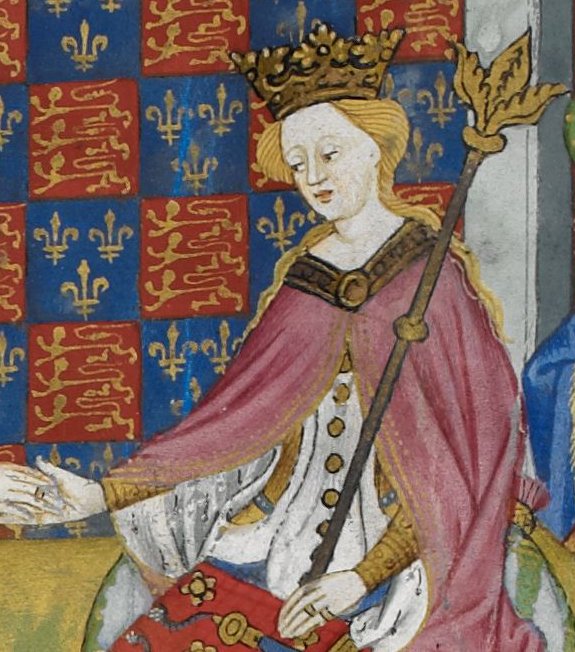
Very Jenneric (Is that a word ?) leap of thought from a veterinarian relative, based on anecdotal data of low infection of Covid among vets. (Cannot verify if that is a real thing) connecting immunity to bovine coronavirus. Google popped up this. 1/3
wwwnc.cdc.gov/eid/article/26…
wwwnc.cdc.gov/eid/article/26…
There has been a related study apparently and a US firm is working on therapeutics for Covid, but it is not based bovine coronavirus. 2/3
sabbiotherapeutics.com/2021/04/21/sab…
sabbiotherapeutics.com/2021/04/21/sab…
Thoughts? @bhalomanush @VetSree
• • •
Missing some Tweet in this thread? You can try to
force a refresh











